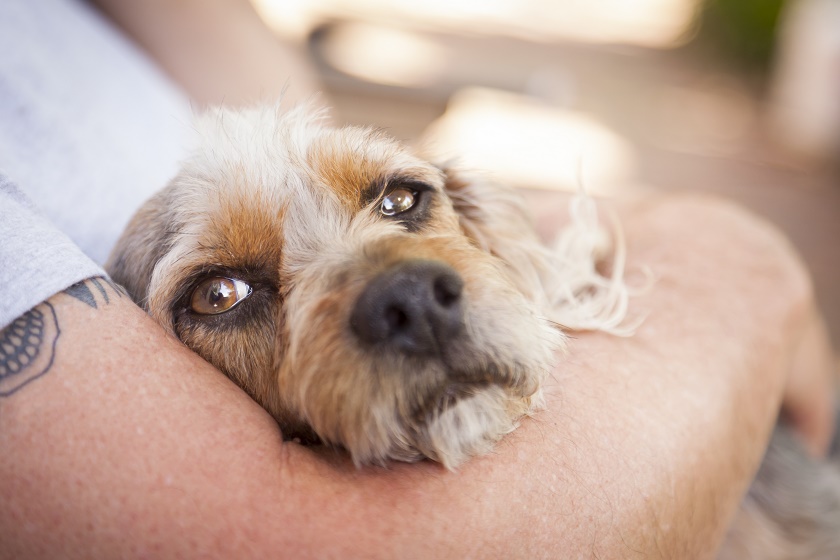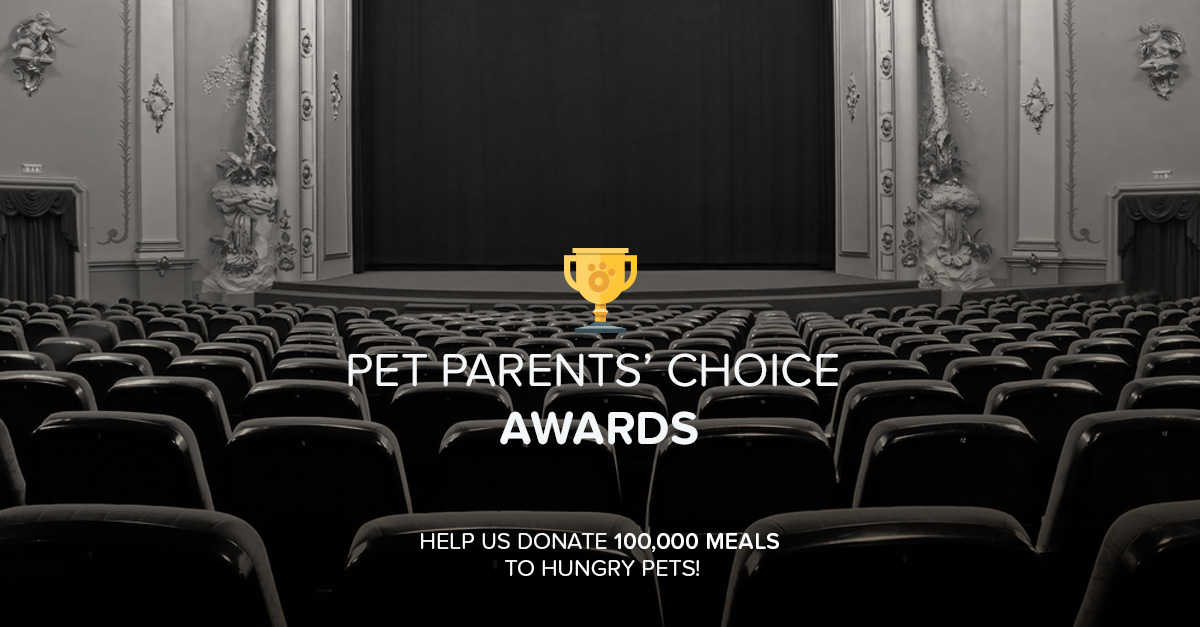Pet Blogging 101: It’s Not About You
Post by Blog Manager Robbi Hess
My dog hurt her neck and now is on restricted activity. Interesting? Perhaps, if you know me and my dog. Not so much if you’re going to a blog looking for specific information and you’re hearing about a person or pet you don’t “know.” Now if you came to a site and read, “Has your active pet suffered a neck injury that requires her to be on restricted activity and absolutely no jumping allowed? If so, here are tips you can use if it happens to you and your fur-kid.” The second is more likely to draw you in because it is potentially about YOU and what YOU can do to help YOUR pet not about the blogger whom you may not have a connection with.
How can you make your pet blog posts be about your readers? One great way is to remember it’s not about you, it’s about them  and how you can help them — ie, your readers. Here are my tips to making that happen:
and how you can help them — ie, your readers. Here are my tips to making that happen:
- If you’re relating an issue you’re having with your pet chances are your readers have experienced it as well BUT you want to write your post to offer tips to help them. Wording matters. Rather than say, “I housebroke my dog by…” you can write, “Here are tips to housebreak your puppy that actually work!” It may seem subtle, but the second is about more about the reader and less about you.
- Interview experts in the field. If you interview a veterinarian, for example, about an issue your pet is having you can write that blog post in a way that will be about the reader, “Veterinarians explain that a neck injury in a dog could lead to paralysis if activity isn’t restricted and lifestyle changes need to be made. What kind of lifestyle changes? You will no longer want to use a collar on your pet, it will be a harness-only lifestyle.” Yes, you’re stopping the use of collar on your own dog because of the neck injury, but you’re telling the reader what she will need to do for her pet’s health and safety.
- How tos and tips are ideal ways to engage with a reader. “How You Can Easily Housebreak Your Puppy,” “Top Tips For Traveling With Your Pet” or “Barking Dog? Ways To Quiet The Noise.” These headlines (and the content contained therein) are aimed at helping a reader. Even though you may be, and likely should be, sprinkling your experiences in the blog post, you have found a way to make the post instantly about the reader because you’re addressing a problem he may be facing.
- Keep up with pet trends. Keeping up with trends is a great way to find a blog topic to talk about that will speak to your readers and if it’s an emerging news trend, it is likely something that is top of mind for your pet readers. “Lost Dog? How Microchipping Can Help” or “Keeping Your Pet Cool During Dog Days Of Summer.” Trends or holidays or other topics that you see being talked and blogged about are ideal ways for you to tap into what readers may want. As a writer, I find myself eavesdropping when I am out and about, if I hear more than one person talking about similar topics, I assume that if I’ve heard these people in my home town talking about it, chances are it’s on the minds of others. I can craft a blog post to address the concerns that I’d (over) heard voiced and, again, it will be about the reader.
- When crafting your blog headline, stop and see whether you can include the word, “you” in it. For example, “Bathe A Cat: 5 Easy Tips” could be more you-centric if you change it to, “Bathing Your Cat? 5 Make It Easy Tips” you have made it instantly personal to your reader. You’ve gone from, “oh yeah, I’ve heard of someone bathing A cat” to, “wow, yes, I do want to bathe MY cat.” Subtle but effective.
None of this is to say you don’t want to relate your own experiences in your blog posts because you do. I will be blogging about how my diva Poodle, Henrietta, hurt her neck and is on restricted activity BUT I will be writing about my lessons learned in a way that my readers will be able to incorporate what I’ve learned into their own lifestyles if the need arises.
What can you do to your next blog post to make it be more about your readers?
(Photo: Shutterstock Sad Terrier)


